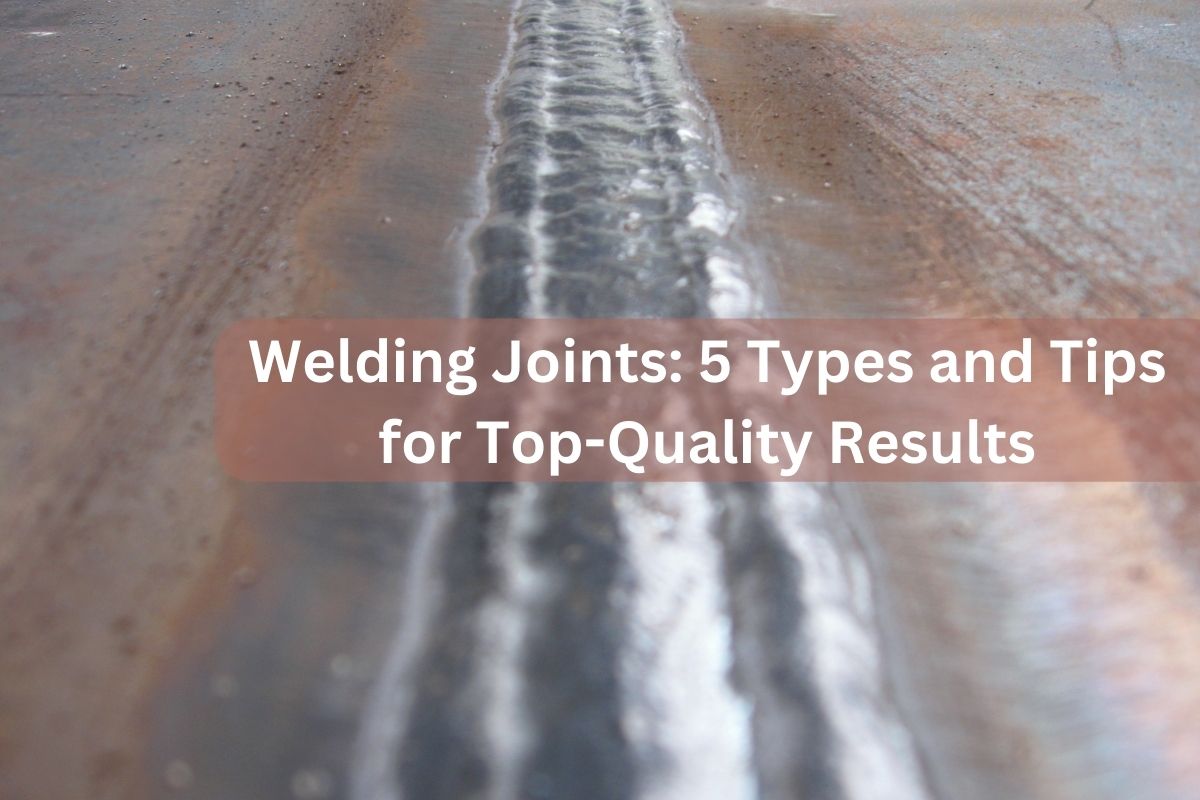A welder must understand all aspects related to welding in order to create high-quality welding.
One of the most essential aspects is understanding welding joints.
The welder must be able to select the type of welding joints to meet the welding codes and quality standards.
Considering the importance of joints, in this article, I’ll share a complete explanation of five types of joints in welding.
Different Types of Welding Joints
Determining the type of weld is important to start the project.
It is because every joint type requires different types of the weld. Furthermore, selecting the joint depends on the shape of the metal you want to weld.
Read Also : Choosing The Best Welding Cable Sizes: Types and Tips!
Here are 5 types of welding joints and their application in every project.
Additionally, I’ll give some tips for maximizing the result.
1. Butt Joints
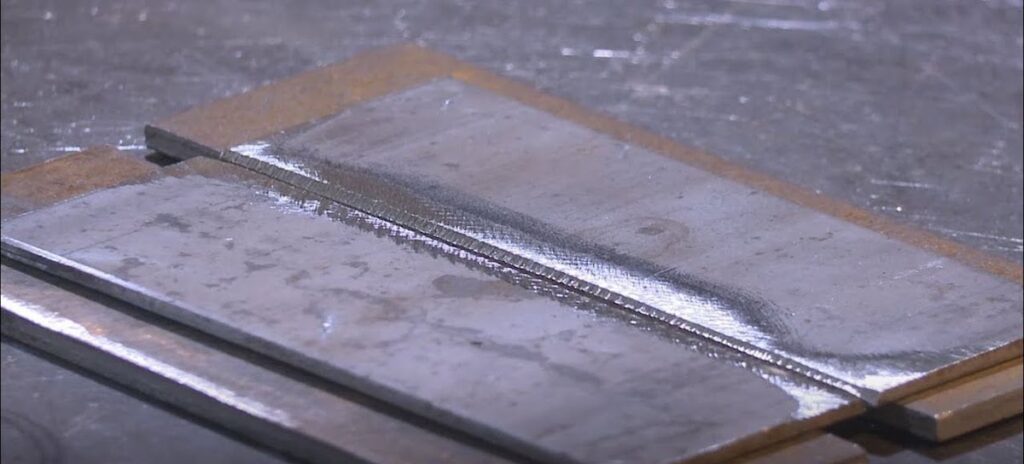
A butt joint is the simplest form of joint. It joins two flat sides of the workpiece on their edges. It means that the workpieces are lying side by side.
This joint offers several benefits. It is not only easy to do but also affordable.
Besides, the butt joint is versatile since you can implement it to join metal plates, valves, pipes, tubing, and many more.
In short, you can use this joint if you want to have a smooth weld.
There are several designs that I often use when I implement butt joints.
First, I usually weld it using a backing bar. But it is also fine if you prefer not to use a backing strip.
Then, there are some preparations for the edge.
For instance, you can choose a square groove, beveled edges, or V groove. Besides, you can also opt for spacing the edges or letting them in contact.
The way to determine welding joints and positions depends on the thickness of the metal.
For instance, the square groove is suitable for thin metal. Besides, the beveled edge is ideal for thick metal because it can result in a stronger weld.
TIPS: To ensure the best result for butt joints, determine the type of edge preparation that is ideal for your project.
Read Also : Detailed Guide to Butt Joint Welding: Types, Pros and Cons
2. Corner Joint
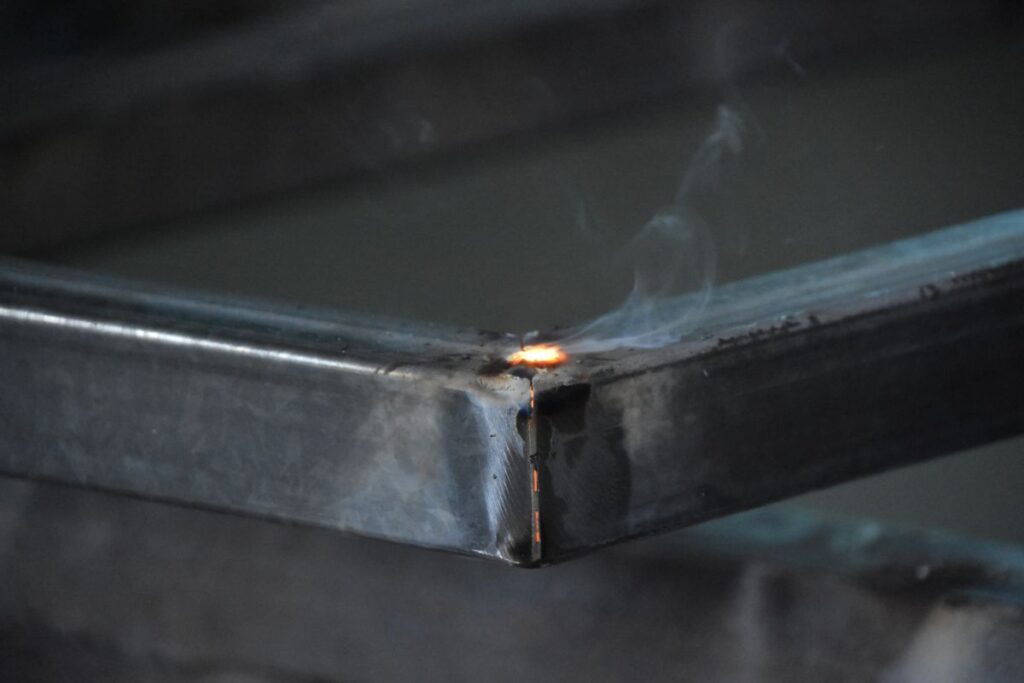
The welding joint angle for this joint type is 90 degrees. So, it forms the L shape.
This type of joint is commonly used for a structural component. For instance, you can use it to create a weld door, rack, or table.
There are two types of this joint: open and closed corner.
The closed corner is the welding position where the edge of the metal piece lies flush against another piece.
Besides, when you see an opening at the meeting point, it is called an open corner joint.
Welding two pieces of material at a 90-degree position is challenging.
The reason is the angle may change after the welding process. I usually use a fitting to hold two pieces of metal in place to prevent it.
TIPS: Burn through welding often occurs during the corner joint welding process.
To avoid it, it is better to increase the travel speed. Also, make sure to fit the workpieces properly to avoid distortion.
Read Also : Corner Joint Welding: Definition, Types and Easy Tips
3. Edge Joint
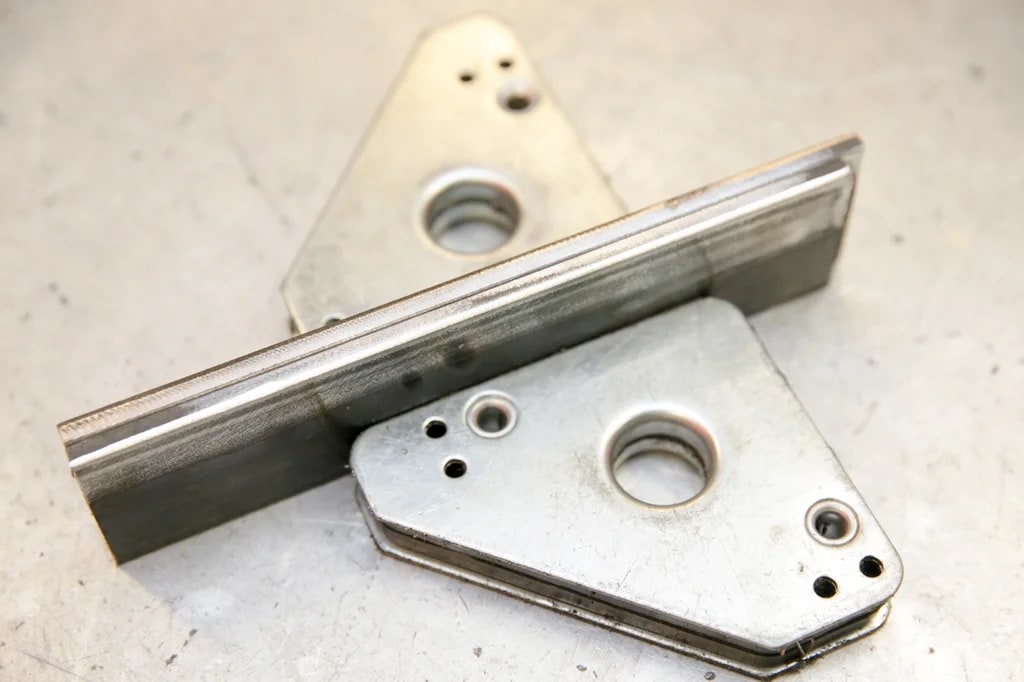
I use the edge joint technique to join adjacent metal sheets.
To create this joint, I place the metal pieces side by side. Make sure that they are on the same edge. When I find a gap in this joint, I add filler metal to cover it.
There are many types of edge preparation for edge joints.
For example, you can prepare the edge as a square groove, V groove, J groove, or U groove.
Select the best edge preparation to ensure adequate penetration and strength of the weld.
Then, what are the differences between the edge joint and the corner joint?
In the corner joint, the metal is welded on the outside part. In contrast, the edge joint has a welded part inside the joint.
TIPS: This application of welding joints is ideal for a workpiece that is not subject to stress.
Besides, it is recommended to implement a grove edge preparation.
Also, weld the entire sides of the edge joint to improve its strength.
Read Also : Edge Joint Welding: Definition, Simple and Effective Methods
4. Lap Joint
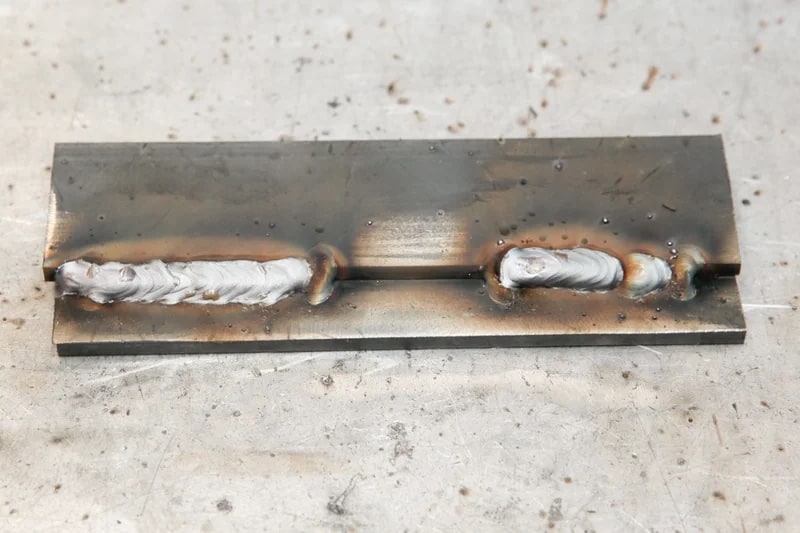
As implied by its name, a lap joint is a type of arc welding joint with one metal piece overlapping another.
Then, how much overlap is needed for this joint?
The amount of overlap depends on the thickness of the metal pieces. If you weld a thick metal plate, it means that you need more overlap.
When using this type of joint, you have to ensure no gap between two metal pieces.
It is better to use lower amperage and faster travel speed to prevent welding defects such as burn-through.
If you want to have a stronger joint, choosing the lap joint is better than the butt joint.
However, the lap joint may look less aesthetic since the joint is noticeable.
TIPS: You should weld both sides of the workpiece to increase joint strength. Then, if you want to join thick metal pieces, you should use several overlaps.
Read Also : Easy Lap Joint Welding: Definition, Types and Techniques
5. T-joint
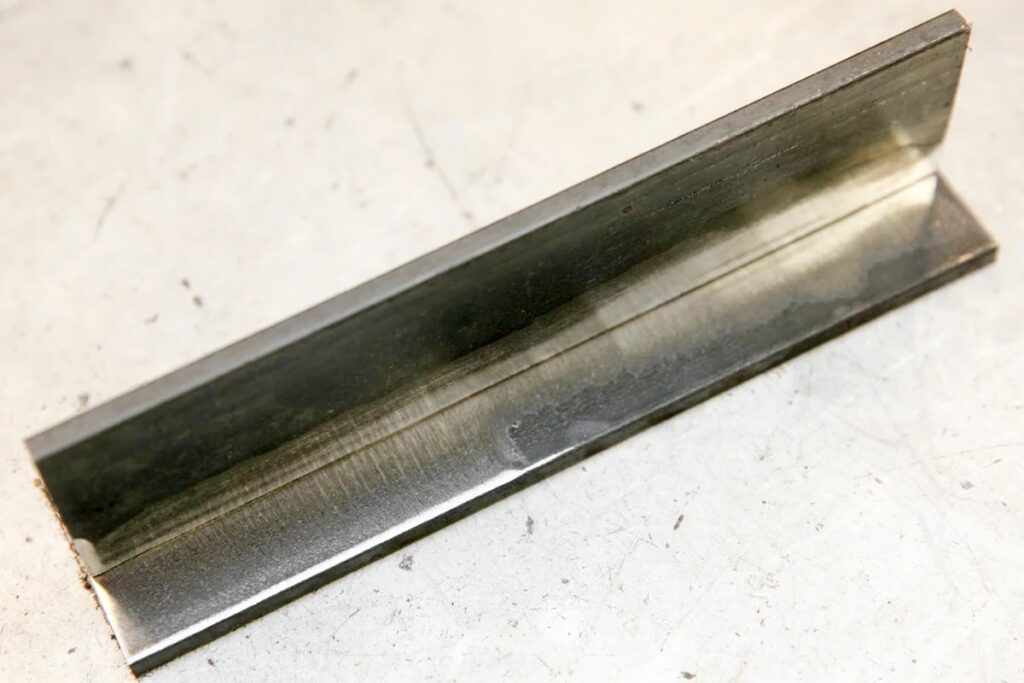
The shape of this joint is like a T. So, you weld the edge of the workpieces at 90 degrees.
The advantages of welding joints possess better strength and versatile application.
The most common application of T-joint is for structural welding.
For instance, it is used to join beams and other structural components together. The process of welding this joint is easy because it does not require edge preparations.
T-joint is ideal for various welding positions. For example, you can use it in vertical, horizontal, flat, or overhead positions.
TIPS: If you want to improve the strength of the joint, you should weld both sides of the joint. Then, to ensure better penetration, use a 45-degree angle when welding it.
Read Also : Tee Joint Welding: Definition, Types and Easy Tips
Those are complete analyses of welding joints.
Then, will you use the butt joint, lap joint, edge joint, corner joint, T joint, or lap joint?
Consider the shape and thickness of the workpieces to select the best type of welding joint.
Properly understanding these joints and their applications is essential for achieving strong and durable welds.

